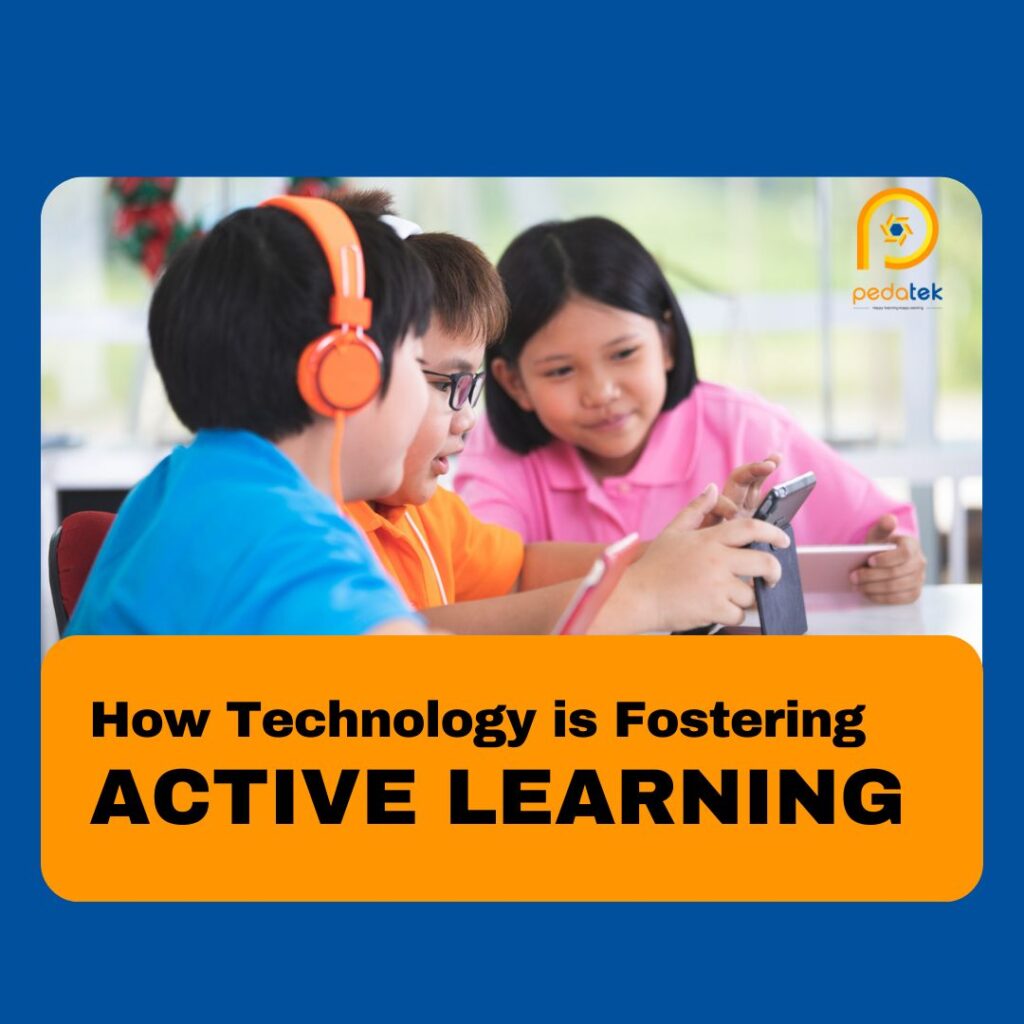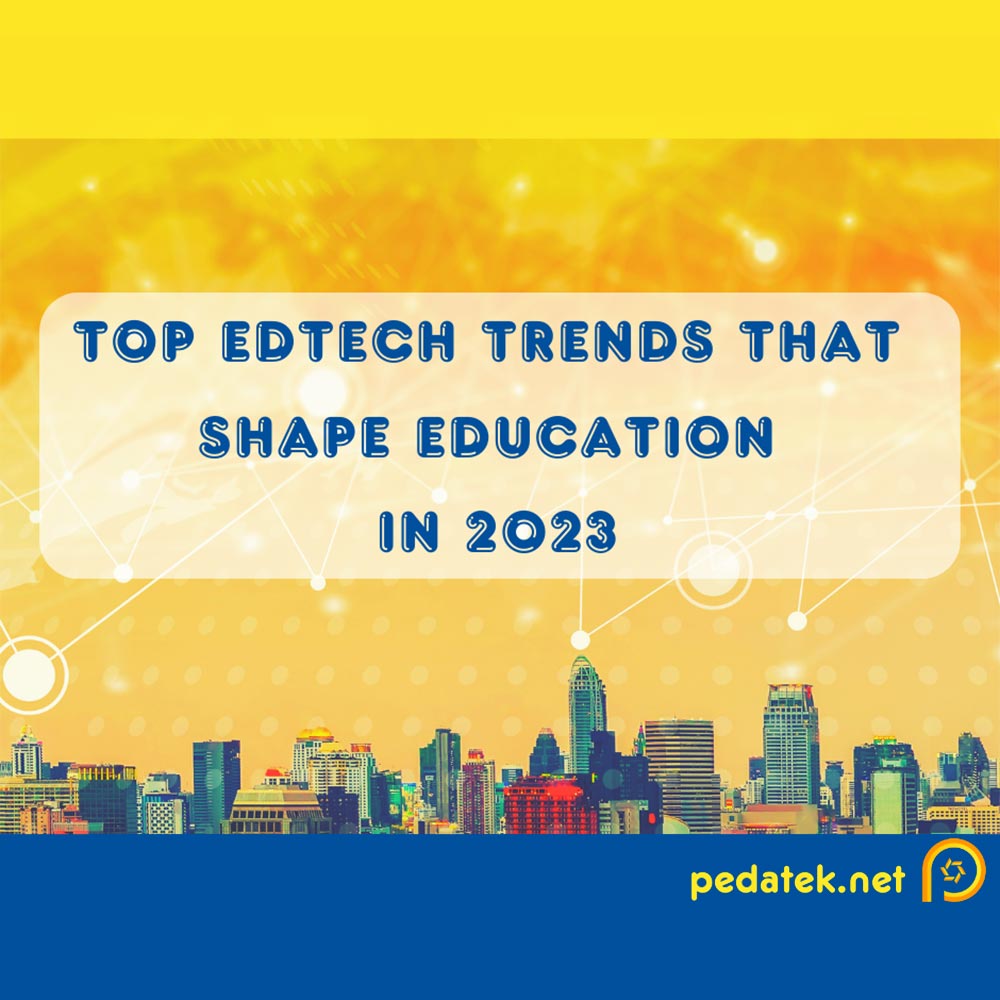Education Technology (EdTech)
The adage that “Technology will not replace great teachers, but technology in the hands of great teachers can be transformational” (George Couros) resonates now more than ever. As we delve into the 21st century, traditional chalk-and-talk pedagogical methods are yielding to more contemporary, interactive, and engaging learning experiences. The emergence and integration of Educational Technology (EdTech) is a significant driver of this shift, especially within the context of English Language Teaching. This discussion aims to explore the dynamic role of EdTech tools in stimulating student engagement and shed light on some key English language learning websites that can effectively augment classroom instruction.
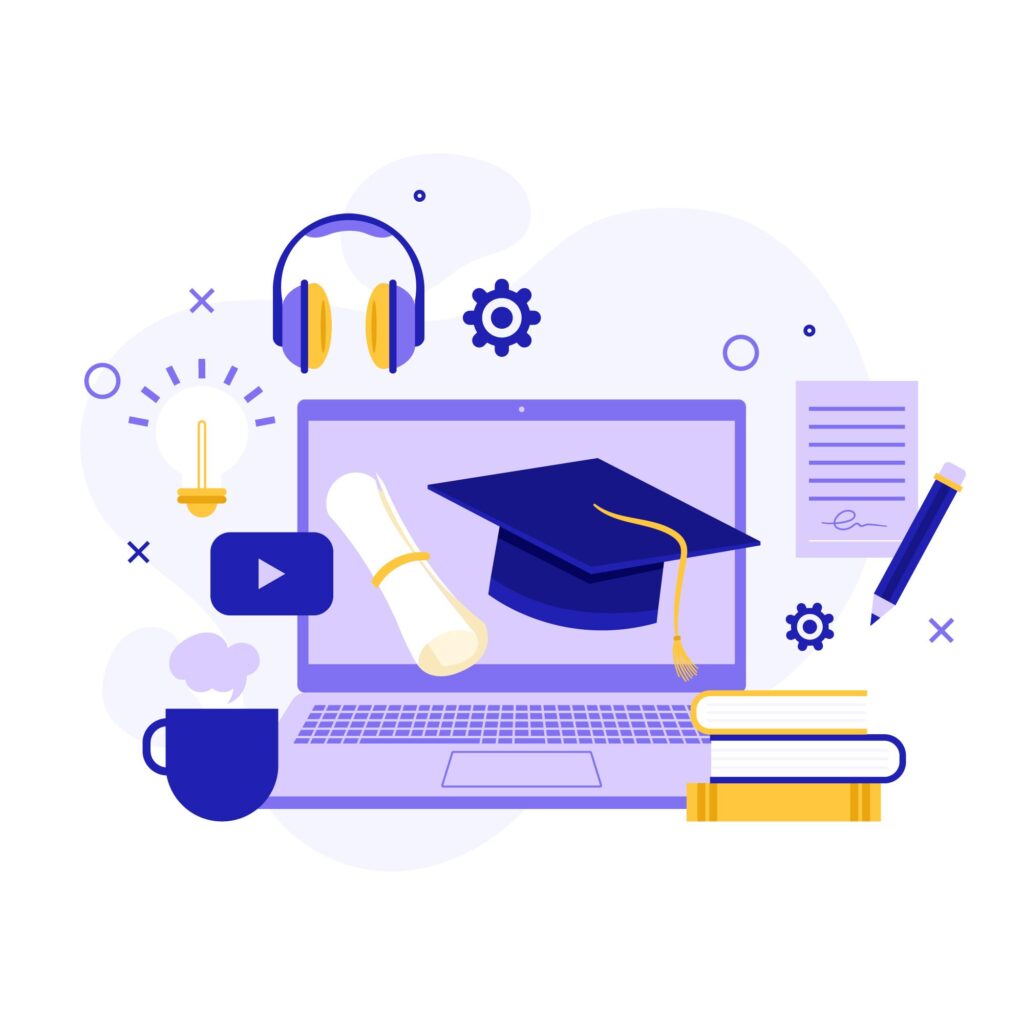
Educational technology encompasses a vast array of digital tools and platforms – from intuitive software that facilitates remote learning to hardware such as smart boards that make in-person lessons more engaging, to well-thought-out pedagogical processes that incorporate technology to enhance learning outcomes. Research indicates that integrating such technology into the classroom correlates strongly with increased student engagement. For English Language Teaching, in particular, these tools are not just enhancements but necessities in today’s globally connected world.
EdTech Platforms
EdTech platforms such as Duolingo, BBC Learning English, British Council’s LearnEnglish, Coursera, and Quizlet are changing the way English is taught and learned. These platforms, with their unique approach to language learning, are gaining widespread acclaim and adoption among both educators and students.
Duolingo
Duolingo has pioneered the gamification of language learning. The platform offers a range of English lessons structured as interactive games, fostering an enjoyable learning atmosphere that keeps students engaged. Instructors can integrate Duolingo into English classrooms by assigning language exercises as homework or using them as engaging starter activities to kick-start lessons. It’s an effective way to maintain students’ interest and offer continuous feedback, encouraging constant improvement.
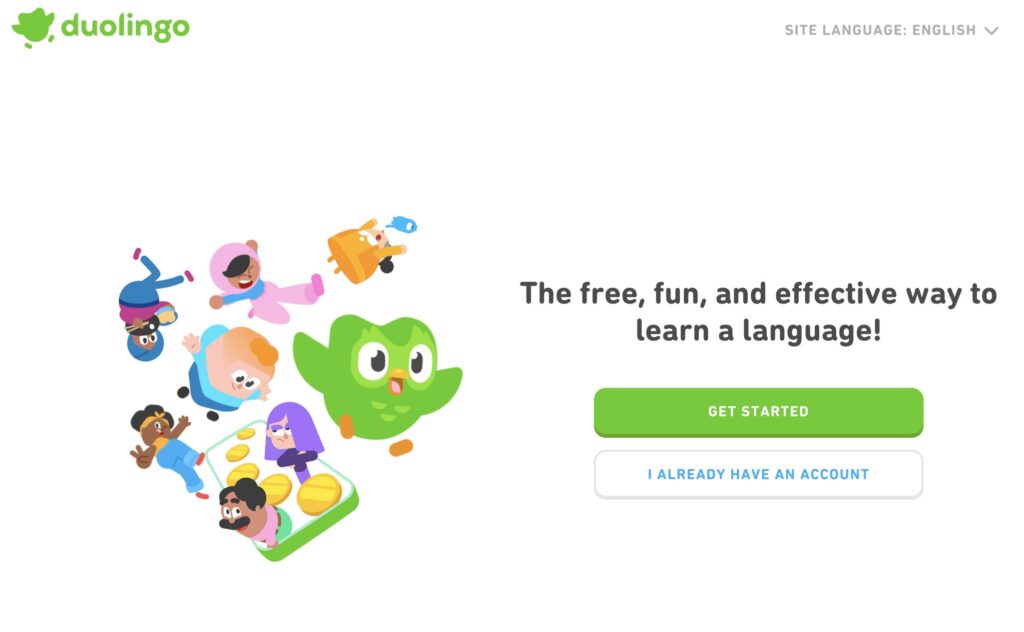
BBC Learning English
BBC Learning English, another prominent platform, provides an exhaustive array of lessons covering grammar, vocabulary, pronunciation, and more. By integrating these resources into their lesson plans, educators can complement classroom teaching and provide a more holistic learning experience. For instance, the use of real-life radio snippets can help learners understand English language nuances and accents better, preparing them for real-world interactions.
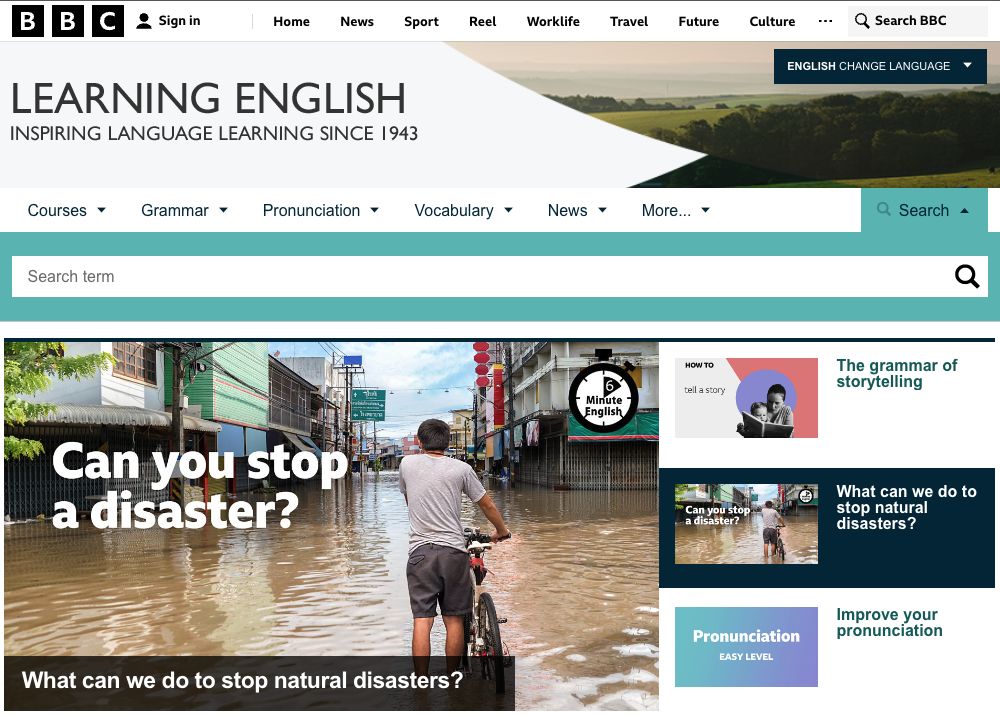
British Council's LearnEnglish
The British Council’s LearnEnglish platform is a treasure trove of interactive resources that include videos, podcasts, and games. These resources, when utilized strategically, can promote active learning and foster effective communication skills. For example, teachers can assign podcasts as listening exercises to improve students’ auditory comprehension.
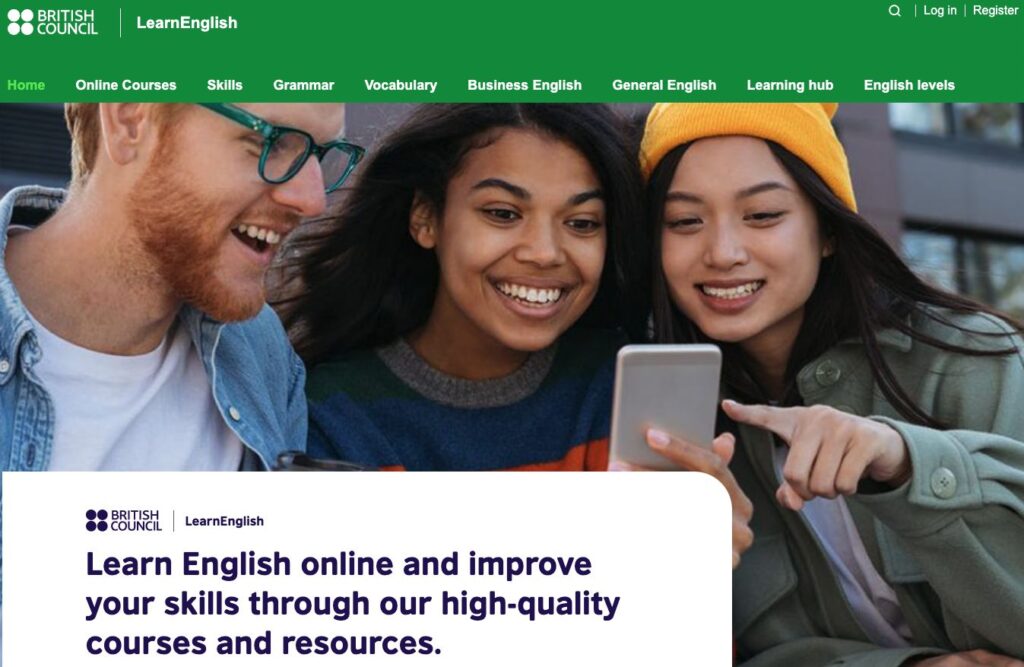
Coursera
Coursera offers numerous English language courses from renowned universities globally, enabling students to self-study outside classroom hours. These courses can be a valuable resource for flipped classrooms, where students first explore the topic by themselves and then go to school to work on problem-solving activities. For instance, a course on ‘Academic English: Writing’ from the University of California, Irvine, can help students improve their academic writing skills.

Quizlet
Finally, we arrive at the discussion of Quizlet, an innovative EdTech tool that has been making waves in educational circles with its unique approach to learning. What makes Quizlet truly remarkable is its allowance for teachers to create bespoke study sets tailored to their individual lesson plans. For instance, an English language teacher might build a set focusing on specific aspects such as vocabulary related to a particular theme, key grammatical structures, or even idioms and phrasal verbs. This feature is not only limited to the English language but can be exploited across a wide range of subjects, enhancing its versatility. The platform also provides several modes of studying, including learning, writing, spelling, testing, and game modes. These different modes cater to various learning styles and help students gain a comprehensive understanding of the topic.
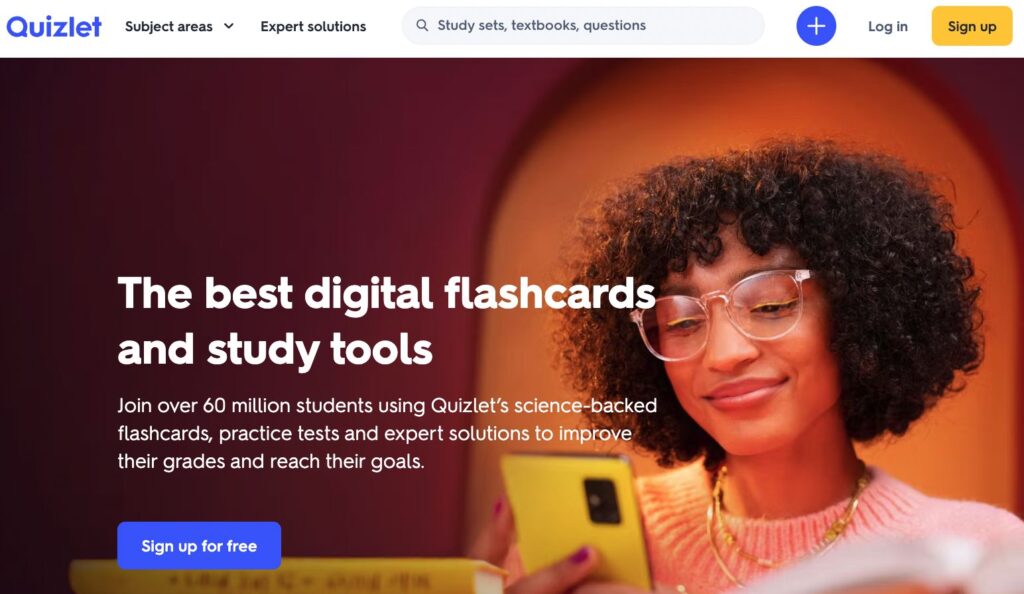
In the grander scheme of things, using these EdTech tools paves the way for blended learning, a balanced mix of traditional face-to-face instruction and technology-driven methods. Such a hybrid learning environment tends to grab learners’ attention, drive their intrinsic motivation, and encourage an autonomous learning culture.
The benefits of using EdTech in English Language Teaching are far-reaching. Students experience a more personalized, engaging, and efficient learning journey when these digital tools are used effectively. Furthermore, technology-rich environments facilitate peer interaction and collaboration, engendering a community of learners and amplifying their overall learning experiences. By creating an environment that caters to diverse learning styles and speeds, EdTech tools are crucial for filling learning gaps and fostering equitable education.
The use of Educational Technology tools is significantly reshaping the educational terrain, particularly in English language teaching. From gamified platforms like Duolingo to comprehensive resources like BBC Learning English, educators have a multitude of tools to integrate into their curriculum. Doing so enriches the teaching and learning experience, fostering a student-focused, engaging, and inclusive classroom that amplifies the learners’ potential. Therefore, while technology does not replace the human elements in teaching, it can indeed amplify their impact, fostering a transformative learning experience.

